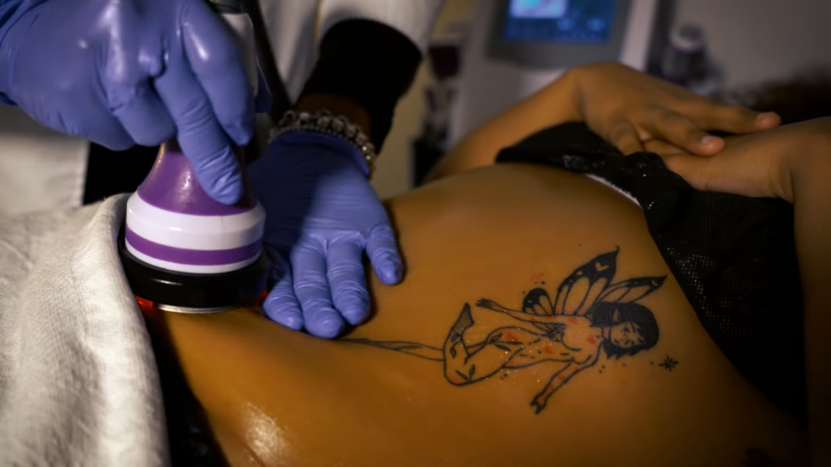Considering body contouring to enhance your physique can be an exciting yet nerve-wracking decision.
During a body contouring procedure, you can expect a combination of fat removal, skin tightening, and reshaping for a smoother and better-proportioned body.
Options range from non-surgical methods like lipolysis using lasers, heat, or cold, to surgical operations such as lifts, tucks, and liposuction.
Prior to the procedure, comprehensive consultations will assess your physical state and areas of concern.
Your surgeon will discuss the best approach, whether it involves intravenous sedation or general anesthesia.
Definition and Purpose
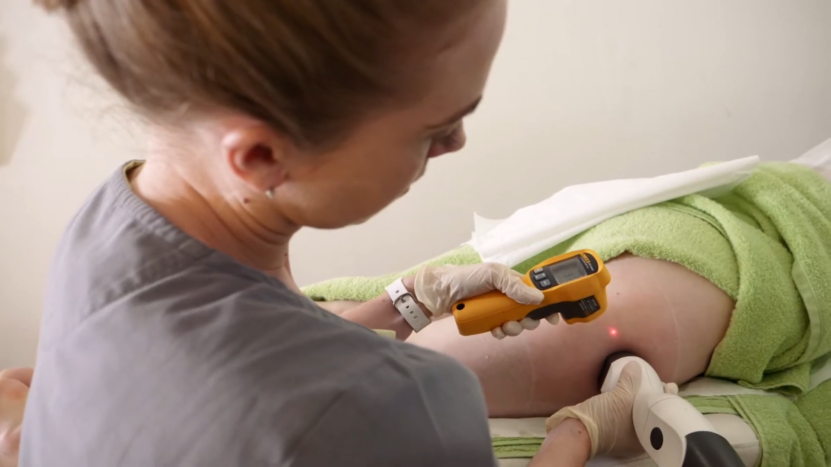
Body contouring encompasses surgical and non-surgical techniques designed to improve body shape.
It is not a weight loss solution but a method to target stubborn fat deposits and loose skin after substantial weight reduction.
These procedures enhance the body’s appearance by tightening skin, removing excess fat, and improving the body’s contours.
They are often sought after by those who have lost significant weight or who have naturally loose skin that does not respond to diet and exercise alone.
Types of Body Contouring Procedures
Several types of body contouring procedures exist to address different concerns. Liposuction removes localized fat deposits through suction. Tummy tucks or abdominoplasty involve removing excess skin and fat from the abdomen and tightening the abdominal muscles.
- Body lifts, including lower body lifts, address sagging skin on the abdomen, buttocks, and thighs.
- Arm lifts or brachioplasty target the upper arms to remove sagging skin.
- Non-surgical options like CoolSculpting use cold temperatures to freeze and eliminate fat cells.
The Body Contouring Procedure
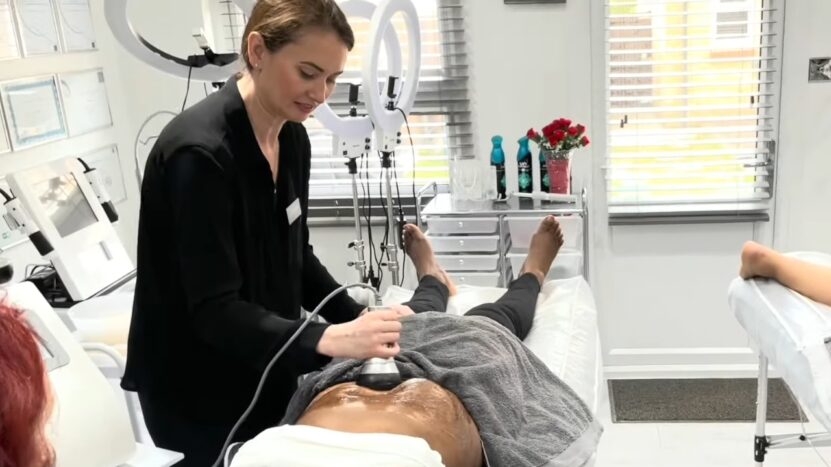
Anesthesia and Comfort
Your comfort during the body contouring procedure is a priority. Surgeons typically offer intravenous sedation or general anesthesia. The choice depends on the extent of the surgery and your medical needs. Intravenous sedation keeps you drowsy yet aware, whereas general anesthesia ensures you are entirely unconscious.
Discuss your options with your surgeon beforehand. This discussion will help determine the best approach for your comfort and safety. Monitoring equipment will track your vital signs throughout the procedure to ensure everything goes smoothly.
Steps of the Procedure
Body contouring surgeries generally start with marking the areas to be treated. Incisions are then made, which can be extensive depending on how much skin is being removed. The exact size and placement of these incisions will vary according to the targeted areas.
Next, excess skin and sometimes fat deposits are removed. Surgeons meticulously shape and contour the remaining tissue to achieve a smoother, more proportionate appearance. Sutures or skin adhesives are used to close the incisions.
The stages are designed to permanently alter your body’s shape by removing excess elements that diet and exercise cannot address.
Techniques and Technology Used
Several techniques can be employed during body contouring. Liposuction is often used to remove fat deposits before skin removal. Laser-assisted lipolysis helps to tighten skin and address smaller areas.
Radiofrequency and ultrasound technologies may also be used to enhance skin tightening and fat removal. Each method depends on your specific needs and your surgeon’s expertise.
Surgical techniques like tummy tucks, thigh lifts, and arm lifts address different body areas. Your treatment plan will likely involve a combination of these approaches to achieve the best results.
Post-Procedure Care
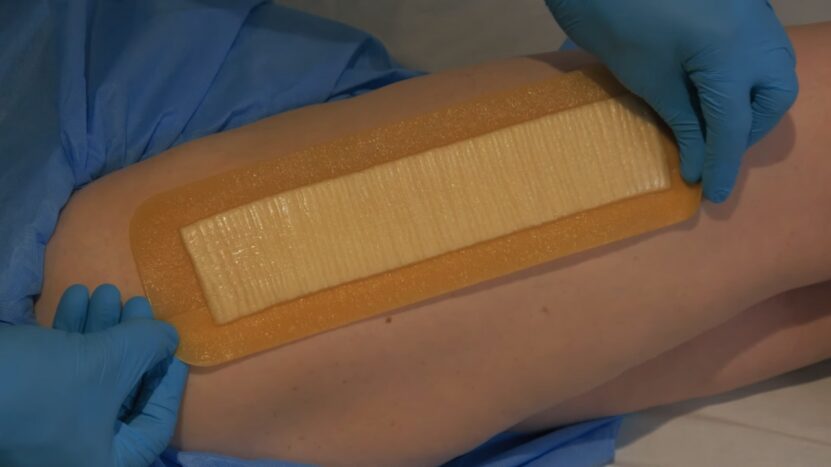
Immediate Care
Immediately following your body contouring surgery, dressings or bandages will be applied to your incisions. Small, thin tubes may be temporarily placed under your skin to help drain any excess blood or fluid that may accumulate. It’s crucial to follow your surgeon’s instructions closely during this time.
Pain and discomfort are common. You may be prescribed pain medications to manage this. Swelling and bruising are also expected, and proper wound care is essential to prevent infections. Keep the incision areas clean and dry, and avoid any strenuous activities as advised by your surgeon.
Recovery Timeline
Your recovery timeline varies depending on the extent of the procedure and your body’s healing process.
Generally, you can expect to take about 1-2 weeks off work to recover. Mine was 3 weeks during some implications I had earlier.
During this period, continue to avoid any heavy lifting or vigorous activities, as these can impede healing.
Swelling and bruising will gradually subside over the first few weeks. Follow-up visits with your surgeon will be scheduled to monitor your progress and remove any drains if necessary. Adhering to post-operative care instructions, including wearing any recommended compression garments, will help improve your recovery and results.
Long-Term Care and Maintenance
Long-term care is crucial to maintaining the results of your body contouring procedure. A healthy lifestyle, including regular exercise and a balanced diet, will support the longevity of your new body shape. Staying hydrated and maintaining an appropriate weight will also benefit your overall health and results.
It’s important to avoid smoking and limit alcohol consumption as these can negatively affect your skin’s elasticity and overall healing process. Regular follow-up appointments with your healthcare provider will ensure that any concerns are addressed promptly and allow for ongoing assessment of your results.
Potential Risks and Complications
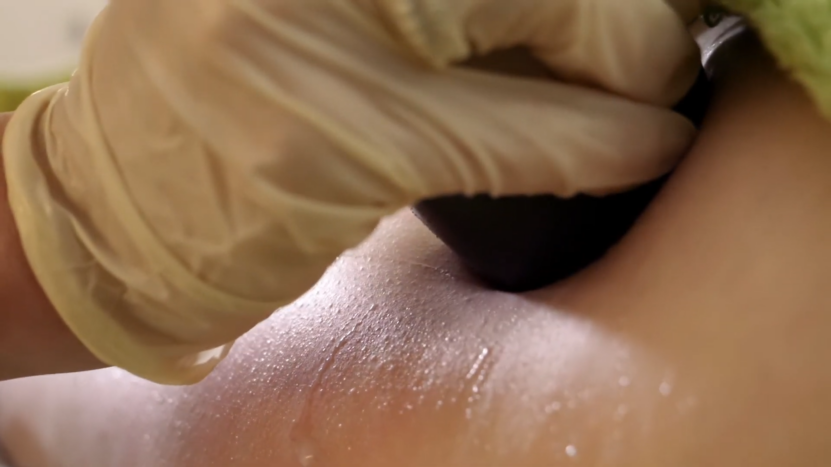
When considering body contouring, understanding the potential risks is crucial.
- Infection is a risk with any surgical procedure.
- Scarring may occur, which could be more pronounced in some individuals.
- Bleeding and bruising are common post-surgery but should subside as you heal.
- Complications related to anesthesia include reactions or issues that might arise during the procedure.
- Nerve damage may result, potentially causing temporary or permanent loss of sensation in the treated areas.
- Seroma formation, or fluid buildup under the skin, is another possible complication.
- Delayed healing can be a risk, particularly if you have underlying health conditions such as diabetes.
- Asymmetry is another risk, where the treated areas may not appear balanced.
- Unsatisfactory results can occur if your expectations are not aligned with potential outcomes.
Results and Expectations
Immediate and Short-Term Results
In the short term, you will likely experience some swelling, bruising, and mild discomfort. These are common after body contouring and typically subside within a few weeks. Following your surgeon’s aftercare instructions—such as wearing compression garments and taking prescribed medications—helps reduce these symptoms and supports the healing process.
Visible results begin to emerge once the initial swelling decreases. You may notice tighter skin and reduced fat deposits in treated areas. Your surgeon may schedule follow-up appointments to monitor your progress and ensure a smooth recovery. Adherence to post-operative care guidelines is crucial in this phase.
Long-Term Outcome
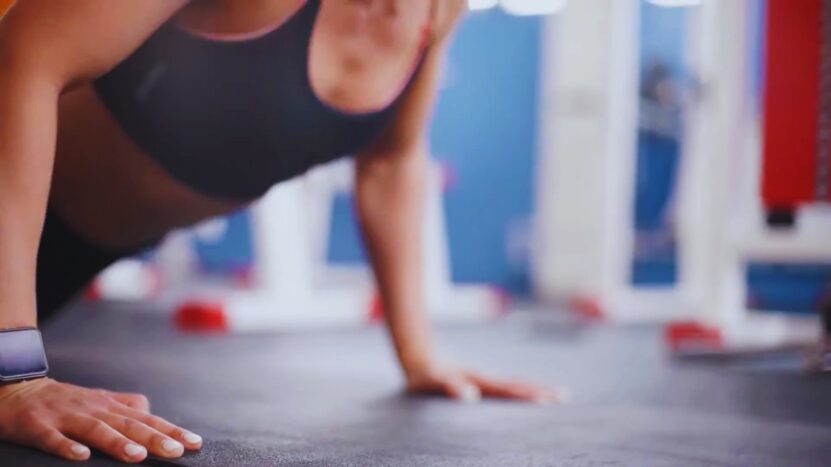
The longevity of body contouring results depends on factors like maintaining a stable weight and overall fitness. With proper care, your body contouring results can last up to 10 years or more. Factors such as genetics and lifestyle choices, including diet and exercise, play a significant role in maintaining these results.
Aging will naturally result in some changes, such as loss of skin firmness. However, most initial improvements from the procedure are likely to remain.
Incorporating regular massage therapy into your wellness routine can enhance circulation, promote lymphatic drainage, and contribute to overall relaxation, supporting the longevity of your body contouring results.
Continued follow-up visits with your surgeon can help address any concerns and ensure long-term satisfaction with your body contouring outcomes. Maintaining a healthy lifestyle is key to prolonging the benefits of your procedure.

